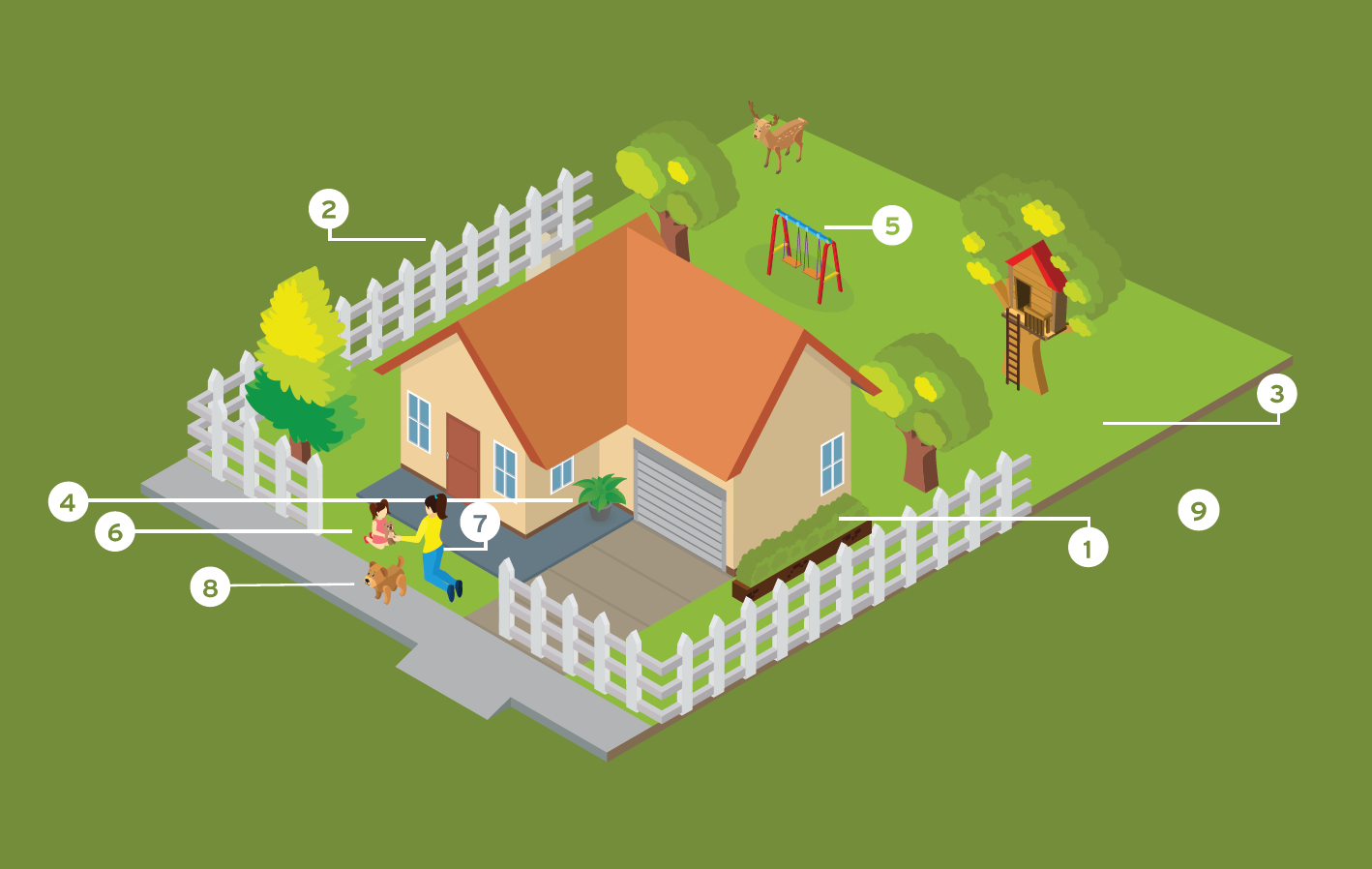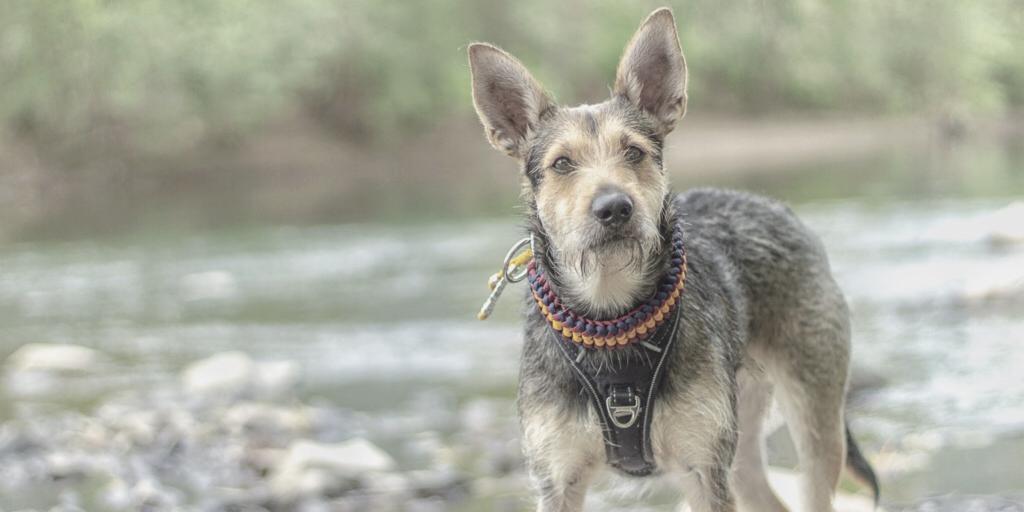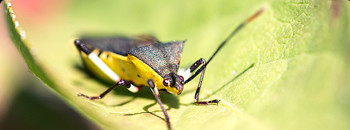Blue skies, warm weather and sunny days are finally here to stay. However, with warmer weather comes tick season, making it more important than ever to keep your family safe from bites, including your furry family members! Before you hit the outdoors, put safety first. Backyards should be for playing fetch, tug-of-war and making memories during warm weather – not worrying about ticks.
Fleas and ticks are the most common pests that pose a threat to pets. Not only can they cause itching and irritation, they can also spread harmful diseases. While various diseases can be transmitted by multiple types of ticks, Lyme disease is the most commonly reported vector-borne illness in the U.S. for both people and pets.
During Lyme Disease Awareness Month and National Pet Month, we’re sharing tips on how to create a tick-free backyard to help keep your family and pets safe.
 1. Remove leaves, brush and weeds and trim shrubs and trees around the perimeter of your home and the edge of your lawn.
1. Remove leaves, brush and weeds and trim shrubs and trees around the perimeter of your home and the edge of your lawn.
2. Clean up your yard by removing trash and old furniture and put up fencing to discourage potential problems like rodent nests and activity.
3. Mow your grass often and to the proper height to reduce areas for both fleas and ticks to live, creating a safe place for pets to play.
4. Landscape with plants that don’t attract deer. Contact your local garden center or local extension office for planting suggestions, but a general rule of thumb is to include plants with a strong fragrance. While you don’t want your landscaping to be deer-friendly, you do want it to be pet-friendly. Learn more from ASPCA Animal Poison Control.
5. Maintain a barrier of yard between swing sets, sand boxes and other play equipment, and place equipment on wood chips or mulch foundations.
6. Monitor children and pet activity in your yard and limit them from going into wooded areas.
7. Wear tick-protective clothing when working or playing outside, and tuck shirts into your pants and pants into your socks. Use EPA-approved bug repellent every time you head outdoors, and use pet-specific EPA-approved preventative products such as tick collars, topical flea and tick treatments and shampoos to help protect pets. Always use the right product for the right pet.
8. Make sure to regularly check for ticks after you and your pets spend time outside, before you return indoors.
9. Tick control products are a reliable way to keep them from entering your play areas. Use EPA-approved products according to label directions around your yard and as a targeted barrier treatment between yards and wooded areas and make sure to check product labels for the restricted-entry interval (REI) before letting your pets back outside into the treated area.
See more tips and tricks from our pet partners below, and join the conversation on social using #RISEaboveLyme and #TheHiddenAdventure.





